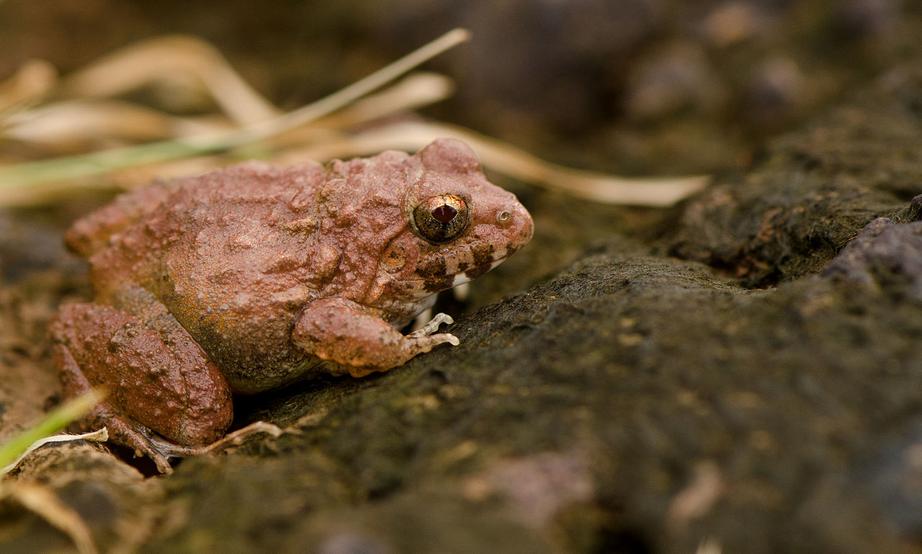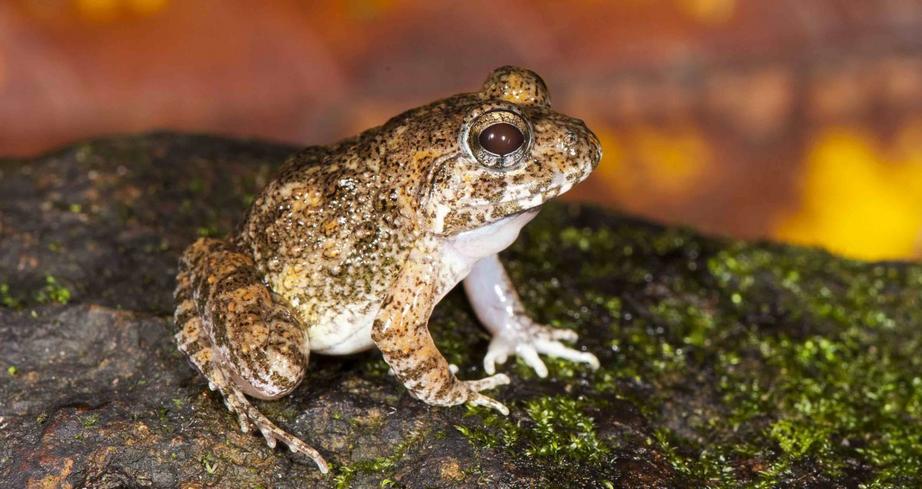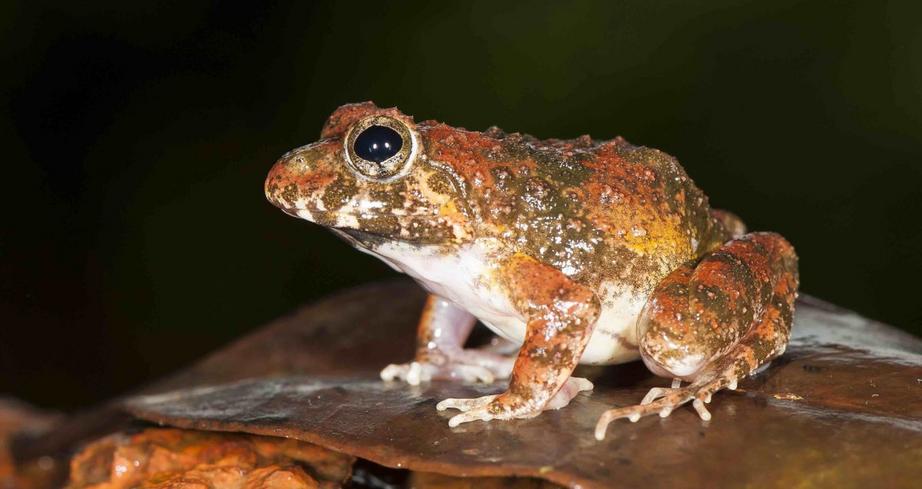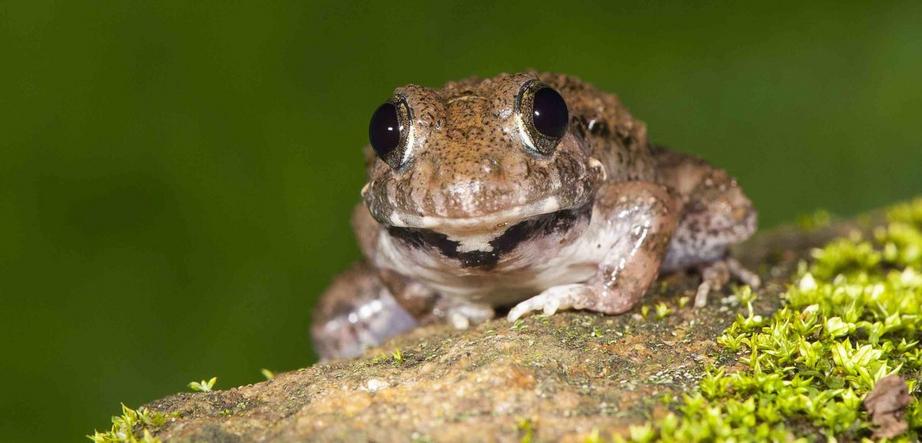Four new species of burrowing frogs
The Rufescent Burrowing Frog, previously believed to be a single species widespread in the Western Ghats, is actually five distinct species, including four new ones, scientists have found.
- The four new species include Kadar Burrowing Frog (Fejervarya kadar), CEPF Burrowing Frog (F. cepfi), Manoharan’s Burrowing Frog (F. Manoharani) and Neil Cox’s Burrowing Frog (F. neilcoxi).
- Two of the newly described frogs, the Kadar Burrowing Frog and CEPF Burrowing Frog, could be facing serious threats, the researchers warn.
- The Rufescent Burrowing Frog was previously listed as a Least Concern species under the IUCN Red List because of its wide distribution, but the new study shows that the species is actually restricted to a much smaller area.
Scientists have described four new species of burrowing frogs in India, adding to the rapidly growing list of new amphibian species that have recently been discovered in the country.
The frogs — which burrow and live underground — belong to the genus Fejervarya, researchers report in a new study published in Zootaxa.
For a long time, scientists believed that the aptly named Rufescent Burrowing Frog (Fejervarya rufescens) was the only frog within the Fejervarya genus to build its home underground. The frog was also considered to be widely distributed in the Western Ghats in India. But its secretive burrowing lifestyle meant that the amphibian rarely surfaced and so was seldom encountered. Consequently, the species remained little studied.

The rufescent burrowing frog was once believed to be the only burrowing frog in the Fejervarya genus. Photo by U Ajith (Wikimedia Commons, CC BY-SA 3.0)
To shed light on this species, lead author Sonali Garg of the University of Delhi collected specimens of the frog from across the Western Ghats between 2007 and 2015. When she brought them back to her lab in Delhi and examined their morphology, DNA and vocalizations in detail, she discovered that the frogs believed to be Rufescent Burrowing Frog were not one, but five distinct species.
Four of these — Kadar Burrowing Frog (Fejervarya kadar), CEPF Burrowing Frog (F. cepfi), Manoharan’s Burrowing Frog (F. Manoharani) and Neil Cox’s Burrowing Frog (F. neilcoxi) — are new to science.
“Our study highlights a fairly common group of frogs that is usually found closer to human habitations but still not documented properly,” Garg, who conducted this study as part of her PhD, said in a statement. “More extensive studies are required to scientifically identify and describe the Western Ghats frogs which are already facing extinction threats from various human activities.”

Manoharan’s Burrowing Frog (Fejervarya manoharani) is named for Mr TM Manoharan, the former Principal Chief Conservator of Forests of Kerala. Photo by SD Biju.
As a single species that was once believed to be abundant, the Rufescent Burrowing Frog was listed as ‘Least Concern’ under the IUCN Red List. But the scientists found that the species is actually restricted to a much smaller area in the state of Karnataka and adjoining regions in Kerala, north of Palghat gap in the Western Ghats. This means that its conservation status could possibly change.
Two of the newly described frogs, the Kadar Burrowing Frog and CEPF Burrowing Frog, could also be facing serious threats, the researchers warn.

Kadar Burrowing Frog (Fejervarya kadar) was discovered in the Vazachal forest of Kerala and the species is named after the Kadar tribe that lives in the region. Photo by SD Biju.
“The new finding will have a significant implication on the conservation status of these frogs because now it is clear that instead of a single species there are five different species with different conservation requirements,” S D Biju, Garg’s PhD supervisor, said in the statement. “We need to be concerned about the existence of these newly discovered frogs and conduct further studies to reassess their conservation status.”
Biju, nicknamed the “frogman of India”, has discovered around 80 new species of frogs so far. Garg, too, recently described seven new species of night frogs from the Western Ghats, four of which are smaller than a fingernail.

CEPF Burrowing Frog (Fejervarya cepfi) is found in the popular hill-station Amboli in the state of Maharashtra, and is named after the Critical Ecosystem Partnership Fund (USA). Photo by SD Biju.

Neil Cox’s Burrowing Frog (Fejervarya neilcoxi), found in the Parambikulam Tiger Reserve in Kerala, is named after Dr Neil Cox of the International Union for Conservation of Nature. Photo by SD Biju.
For the rest of this article please go to source link below.
For full references please use source link below.
